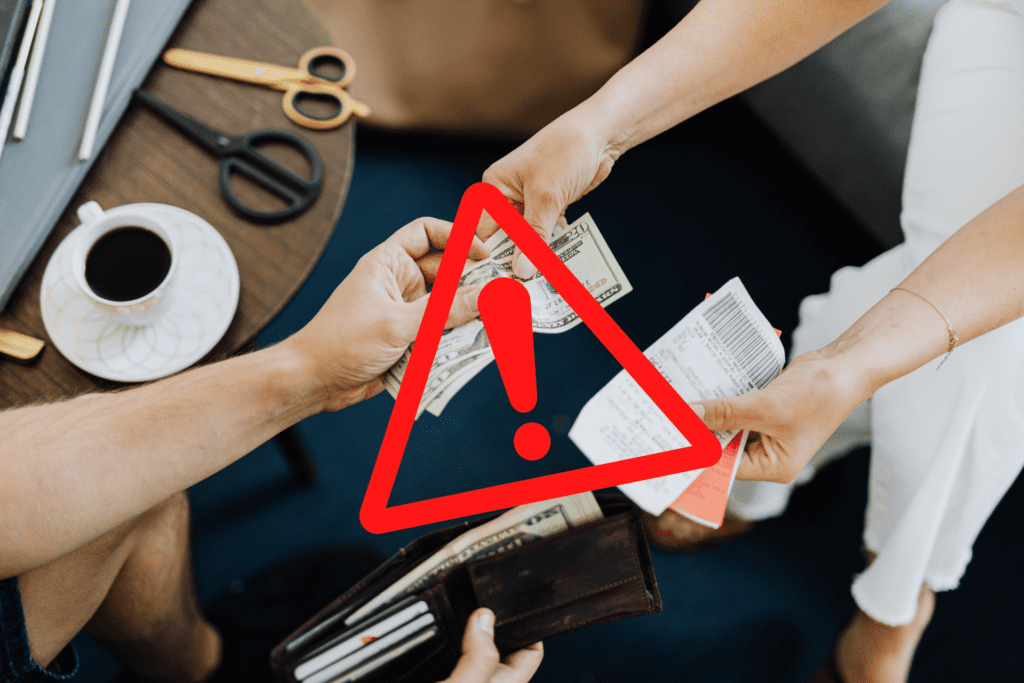
If you make any payments to a creditor within 90 days prior to filing a Chapter 7 bankruptcy (the simplest type of bankruptcy, also called a “liquidation”) the Trustee might ask that creditor to pay the money back. For example, if you pay $3,000 on your old dental bill on April 1, and then file bankruptcy on May 15, the Trustee might ask your dentist to repay the $3,000 and sue him if he doesn’t.
Reason: the payment is considered a “Preferential Transfer” meaning that it prefers one creditor over another — and all creditors should share equally in the payment. If the Trustee gets back the $3,000 from your dentist, that amount will be split among the creditors on a pro-rata basis
If the creditor is an “insider,” meaning a relative or a business partner, then the preference period is 1 year rather than 90 days.
The Trustee is only allowed to recover preferential payments of over $600 if the debtor has primarily consumer debts, or over $5,000 if the debts are not primarily consumer debts (business debts, for example). [See 11 U.S.C. Sec. 547 for rules and exceptions regarding preferential transfers].
If you are filing a Chapter 7 Bankruptcy, but want to pay one or more of your creditors, you should wait until after the bankruptcy has been filed, so that you will not risk having the Trustee attempt to get the money back. If you want to pay any of your creditors after filing the bankruptcy, you have the right to do so.
If you file a Chapter 13 Bankruptcy, under which you make monthly plan payments for the benefit of your creditors for a period of 3 to 5 years, then you probably do not need to be concerned with preferential transfers. However, after the bankruptcy filing, you are not allowed to pay any of your creditors outside of your plan payments, since you are obligated to treat all the creditors equally.
